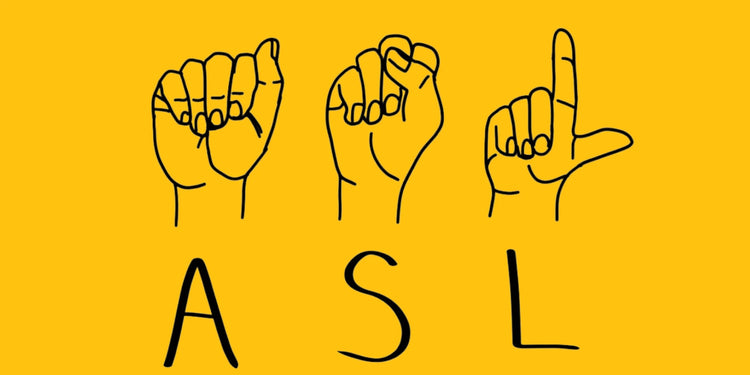Table of Contents
-
Introduction to ASL for Beginners
-
Understanding ASL Signs
-
Simple in ASL
-
Some in ASL
-
Sometimes in ASL
-
True in ASL
-
Truth in ASL
-
America and United States in ASL
-
Conclusion
-
FAQ
Introduction to ASL for Beginners
American Sign Language (ASL) is a visual language. People use it in the Deaf and signing communities. Learning ASL is fun and useful. It helps with communication using gestures, facial expressions, and hand movements. This guide covers key ASL signs like simple, some, sometimes, true, truth, America, and United States.
Understanding ASL Signs
ASL is based on hand movements, facial expressions, and body language. It does not follow English grammar exactly. Instead, it has a unique structure. Let’s look at some basic ASL signs.
Simple in ASL
The sign for simple is quick to learn. Touch the tips of both index fingers and thumbs together, then separate them slightly. This movement means something easy or uncomplicated.
Watch a video at Handspeak or Signing Savvy.
Some in ASL
Signing some is very simple. Place your non-dominant hand flat, palm up. Then, slice across the palm with your dominant hand. This shows a part of something.
See more at Lifeprint and Handspeak.
Sometimes in ASL
The sign for sometimes is easy. Use your index finger to tap your non-dominant palm in a small circular motion. This means something that happens occasionally.
Check out a tutorial on Handspeak or Signing Savvy.
True in ASL
The ASL sign for true is quick to do. Place the tip of your index finger on your lips, then move it outward. This sign represents honesty and truthfulness.
See examples at Signing Savvy or Lifeprint.
Truth in ASL
Signing truth is similar to true but has an extra step. Instead of just one finger, use both the index and middle fingers moving outward from the lips. This shows honesty and sincerity.
Learn more from Handspeak or Signing Savvy.
America and United States in ASL
The sign for America is special. Interlock your fingers and move your hands in a circle. For United States, you can either fingerspell U-S or use a two-handed circular motion.
See how it's done at Lifeprint or Signing Savvy.
Conclusion
ASL is a great way to communicate. It helps bring people together. This guide introduced key ASL signs. Keep learning with videos, online resources, and ASL dictionaries.
FAQ
Q1: Is ASL the same as English?
No, ASL has a different grammar structure from English.
Q2: How can I practice ASL?
Use online resources, video tutorials, and ASL communities.
Q3: Is ASL universal?
No, different countries have unique sign languages like BSL and LSF.


